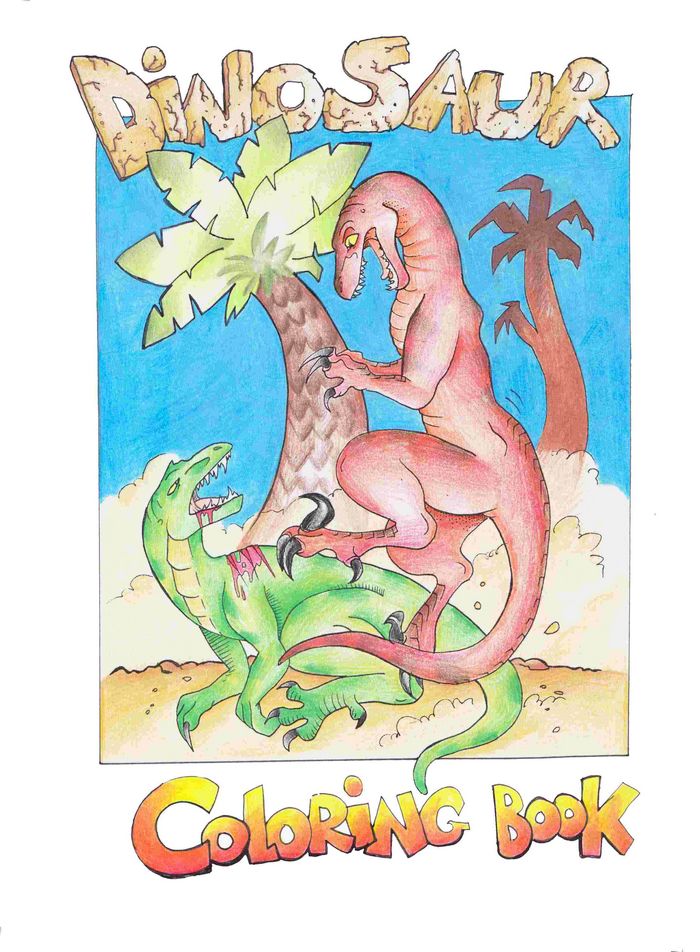The discovery of a new species of dinosaur from the early Jurassic period (approximately 195 million years old and seven metres long) was announced and described by Dr Adam Yates, the primary investigator and a palaeontologist from the Bernard Price Institute for Paleontological Research (BPI) from the University of the Witwatersrand, Johannesburg, South Africa, on 11 November 2009.
The vegetarian dinosaur, one of three discovered at the same site, was named Aardonyx celestae – the genus name (Aardonyx) means “Earth Claw”, (Aard – Afrikaans for Earth) and (Onyx – Greek for claw) an appropriate name, given that the large, earth-encrusted foot claws were some of the first bones to be discovered in the town of Senekal, near Bethlehem in the Northern Free State, in South Africa. The species name (celestae) is given to acknowledge the work of Celeste Yates who prepared much of the fossil.
“This species is important as the Aardonyx was an animal close to the common ancestor of the gigantic sauropod dinosaurs,” explains Yates. “Sauropods, known popularly as “brontosaurs”, were the largest backboned animals to walk on land with their long necks, tree-trunk legs and whip-like tails. Some were even longer and exceeded 100 feet (about 30 metres) in length. Aardonyx gives us a glimpse into what the first steps towards becoming a sauropod involved.”
The discovery was made by a Wits postgraduate palaeontology student, Mr Marc Blackbeard, who began excavating two sites in the Northern Free State, five years ago, under the leadership of Yates. “We knew that there was likely to be some fossils in these ‘bone beds’ discovered by James Kitching about 20 years ago, but we did not expect to find anything of this magnitude,” says Yates.
Yates elaborates on the anatomy of Aardonyx celestae: “The dinosaur had a wide-gaping mouth, bracing joints in the back vertebrae that made the backbone rigid enough to support great weight and a forearm and hand capable of grasping and supporting weight. Growth rings in the rib and shoulder blade sections show that Aardonyx was not full grown – it was probably less than 10 years old when it died near a river or stream.”
He adds: “Aardonyx probably walked on its hind legs but could drop onto all fours as well. It had flattened feet with large claws that supported body weight on the inside of the foot and a robust thigh bone (femur) for supporting weight.”
Dr Chinsamy-Turan a Wits graduate and a Vertebrate Paleohistologist at UCT concurs: “My analysis of the bone microstructure in the ribs and shoulder blades of Aardonyx suggests that while it had experienced at least seven spurts or cycles of growth, it was not a fully grown animal.”
According to Dr Matthew Bonnan, a Vertebrate Paleobiologist, Department of Biological Sciences and an author of the paper, they already knew that the earliest sauropods and near-sauropods would be bipeds. “What Aardonyx shows us, however, is that walking quadrupedally and bearing weight on the inside of the foot is a trend that started very early in these dinosaurs, much earlier than previously hypothesised. The bones of the forearm are shaped like those of sauropods – this means that the forearm and hand could bear weight and that Aardonyx could drop onto all-fours as well as walk bipedally.”
Dr Johann Neveling, a Geologist from the Council for Geosciences in Pretoria, also an author of the paper, says that geology suggests that Aardonyx lived near an oasis on the outskirts of a vast desert.
The discovery was published on 11 November 2009 in the Proceedings of the Royal Society in a paper entitled A new transitional sauropodomorph dinosaur from the Early Jurassic of South Africa and the evolution of sauropod feeding and quadrupedalism. The lead author is Dr Adam Yates and the other authors of the paper, in order of precedence, are: Dr Matthew F Bonnan (Vertebrate Paleobiologist, Department of Biological Sciences, Western Illinois University, USA); Dr Johann Neveling (Geologist, Council for Geosciences, Pretoria); Dr Anusuya Chinsamy (a Wits graduate and a Vertebrate Paleohistologist at UCT) and Mr Marc Blackbeard (Graduate Student, BPI, Wits).
The Bernard Price Institute for Palaeontological Research is part of the School of Geosciences in the Faculty of Science of the University of the Witwatersrand, Johannesburg, South Africa. Its mission is to collect, conserve, study and interpret the rich fossil heritage of South and southern Africa, and to make its findings known through its research, teaching and public engagement activities both in South Africa and beyond.

